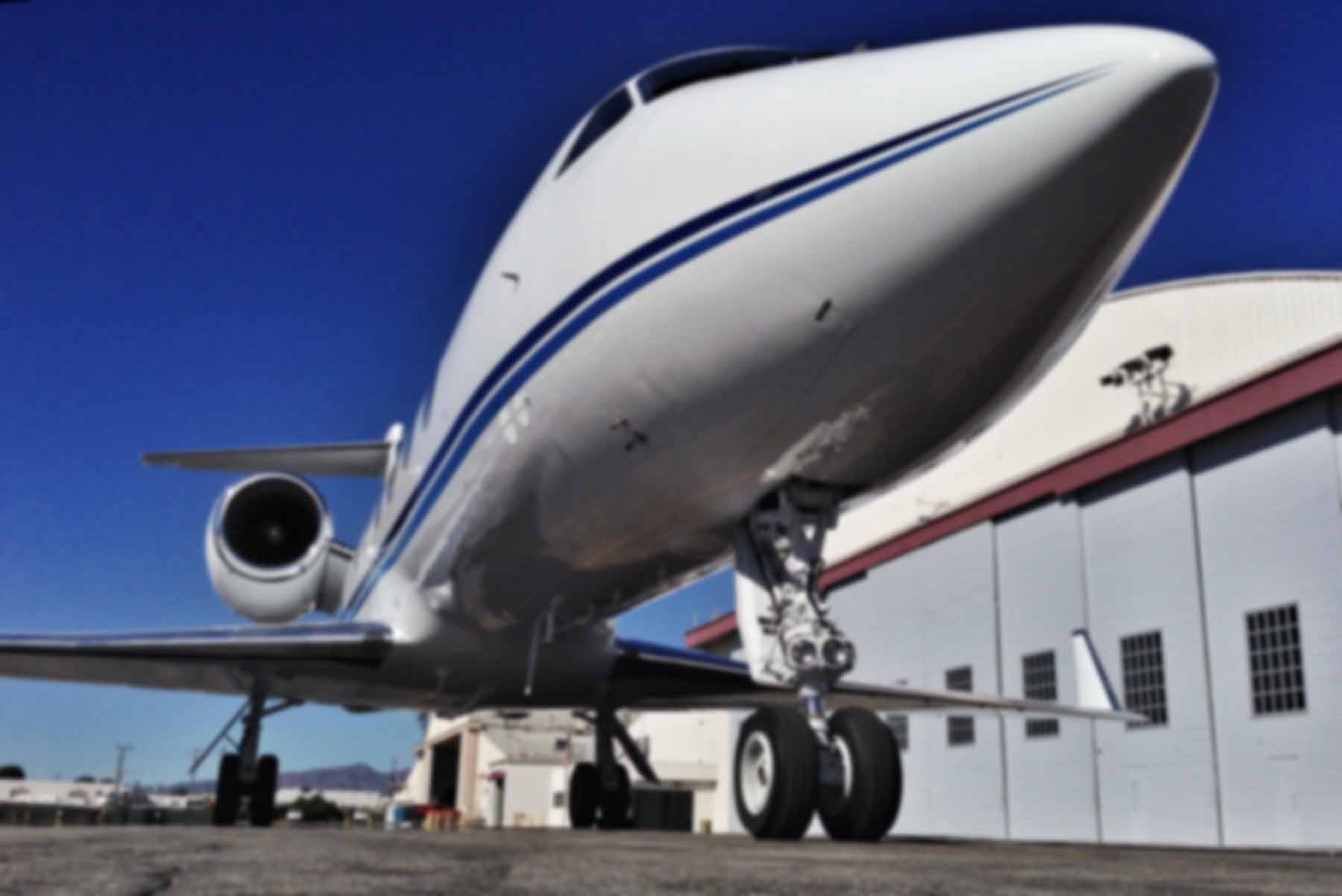Despite my longstanding reputation as a night owl, I’m actually getting used to being up at 3:00 a.m. Maybe it’s just the Vegas effect, but when you’re flying at that hour, it doesn’t really matter if it’s early or late. In reality, it’s both.
You’d think that walking through the casino at that hour, the place would be empty. You’d be wrong. Every day as I make my way toward the parking garage in the middle of the night, I wonder about these people sitting at the slot machines. What are they doing there at 4:00 a.m. on a weekday? (They’re probably wondering the same thing about me.) One thing’s for sure: the wee small hours bring some, uh, interesting looking characters out of the woodwork, especially at off-the-beaten-path casinos like Texas Station.
Yes, the world looks a lot different at this hour.
On the plus side, I’ve witnessed some of the most spectacular sunrises from a wonderful vantage point. This morning I flew a challenging partial panel VOR circling approach under the “hood”, meaning I could not see anything outside the airplane at all until the last minute. When I took off the view-limiting device, the mountains around the Las Vegas valley were glowing red as I flew the missed approach from McCarren’s runway 19L. It’s a climbing right turn to a heading of due west that takes you right over the Strip at about 500 feet. With the right wing down, you can see it lit up like… well, like a Christmas tree. And as you complete the turn, the sun is rising over the mountains in the east.
Another advantage to early morning flights is that the frequencies are quiet. When the airliners and other training flights start to clog the TRACON frequency around 5:30 a.m., my workload goes up because I have a lot more radio communication to filter out while listening for my call sign. It also gets harder to talk to the controllers when they’re busy on landlines. Then they start talking faster, cutting the vectors short, and so on.
The instrument flying has been going well. Las Vegas is rather limited in the approaches available to the examiner for the flight test, and that works to my advantage. In the Los Angeles area, it’s just the opposite. There are dozens of airports with literally a hundred different approach procedures, and you never know which ones the examiner will want you to fly. Plus the airspace is more complex and less forgiving, so you really train to a high IFR standard in that environment.
I know I’ll be doing three approaches at McCarren on my MEII checkride. The ILS 25L, then the same ILS with an engine failed, followed by an instrument failure on the missed approach and a partial panel hold at BLD, and finally the VOR 25L/R circling approach (also partial panel).
Today’s flight had an interesting moment. The Garmin GNS430 (which is a GPS, navigation receiver, and two-way communication radio in a single box) froze at a very inopportune moment. I was leaving a hold, starting a transition to the final approach course and being given an approach clearance when the Garmin froze, taking all com, nav, and GPS capability with it. That’s not supposed to be able to happen. The 430 is designed so that if the GPS fails, the radios don’t fail with it. But it happened.
I was also flying partial panel, so instead of using the ground track on the GPS, I had to use the compass. I looked up and noticed that the light had burned out, so I couldn’t read it. My instructor offered to give me the HSI back, but I declined. I figure anything that makes the training harder will make the checkride seem easier by comparison. “Train to a higher standard”. I did, however, accept his offer to hold the flashlight aimed at the compass. CRM at work.
I managed to make do with the second nav/com and CDI and flew a decent approach. But if I ever experienced that situation in real world IMC, I’d declare an emergency and get no-gyro vectors from ATC.
The MEII flights have only reinforced my belief that you have to bring your “A” game to an accelerated training program. I have the benefit of 13.5 multi-engine hours to prepare for the MEI and MEII checkrides, but many of the people in the program are on a shorter variant that only provides 7 hours of multi time. With probably 4-5 hours of that being used for the initial CFI certificate, you’re left with only a flight or two to prepare for a very demanding instrument checkride where you’ll also be required to provide instruction while dealing with all the stuff I detailed above.
I have noticed that the members of my class who were a bit behind the curve are catching up now and as a result everyone thus far has passed their practical tests. It hasn’t been easy, but we’re all studying hard in our “off” time and are working together to help fill in gaps in our knowledge or experience. Little things like tips on maximizing the realisim of AST300 simulator (technically it’s a “flight training device”) can go a long way.
I should add that ATP does not place any limits on the use of their new $250,000 simulator, so we can fly it as much as we want. I could write a book on what I’ve learned about that box, but it’s getting late and I’ve got the oral for my MEI initial tomorrow, so I’m calling it a night.

Thats some good insight, I’m starting the same program at ATP Vegas next monday. Do you have any tips or advice that would be beneficial?